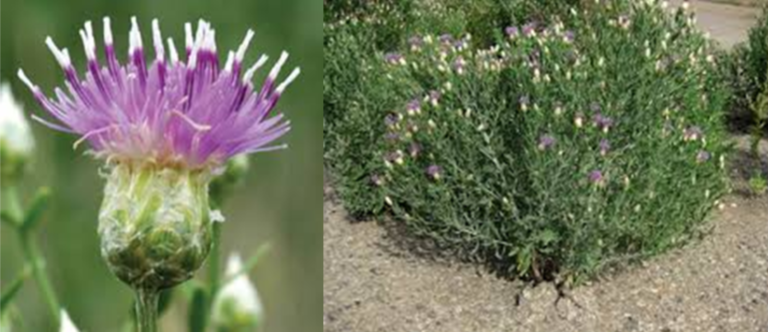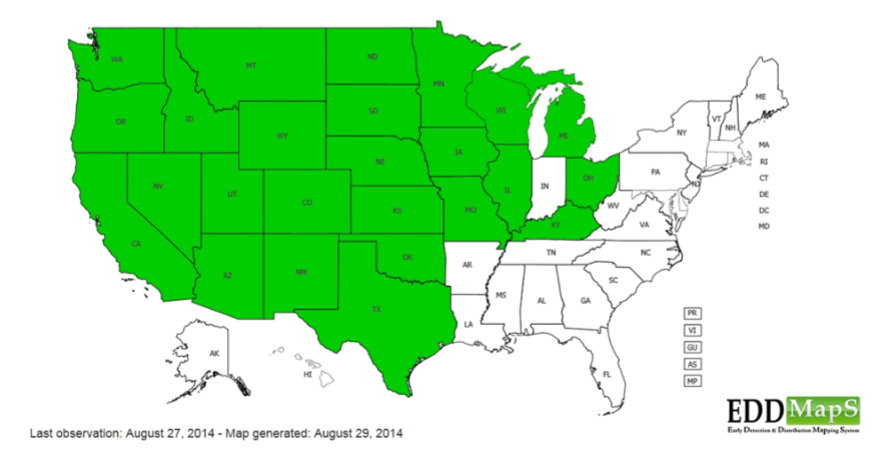Radically Russian!
Posted on 05.12.21 by Harney SWCD

Rhaponticum repens
By Tyler Goss
Russian Knapweed is a deep-rooted perennial invasive now found east of Oregon’s Cascades and in central and southern Idaho. It is a member of the Asteraceae family, native to central and western Asia. The plant is a light muted green color, with small soft leaves. The flower head is a light lavender that produces smooth, papery yellow seeds that resemble a broad spearhead.
Knapweed typically grows to be one to two feet tall. It can be found in cultivated fields in almost all soil types. It is toxic to horses, so it is definitely on the removal list! The plant has rhizomatous roots, which makes mechanical control is a poor option. It can regenerate if cut and separated. Currently the best-known control is a fall application of herbicides.

